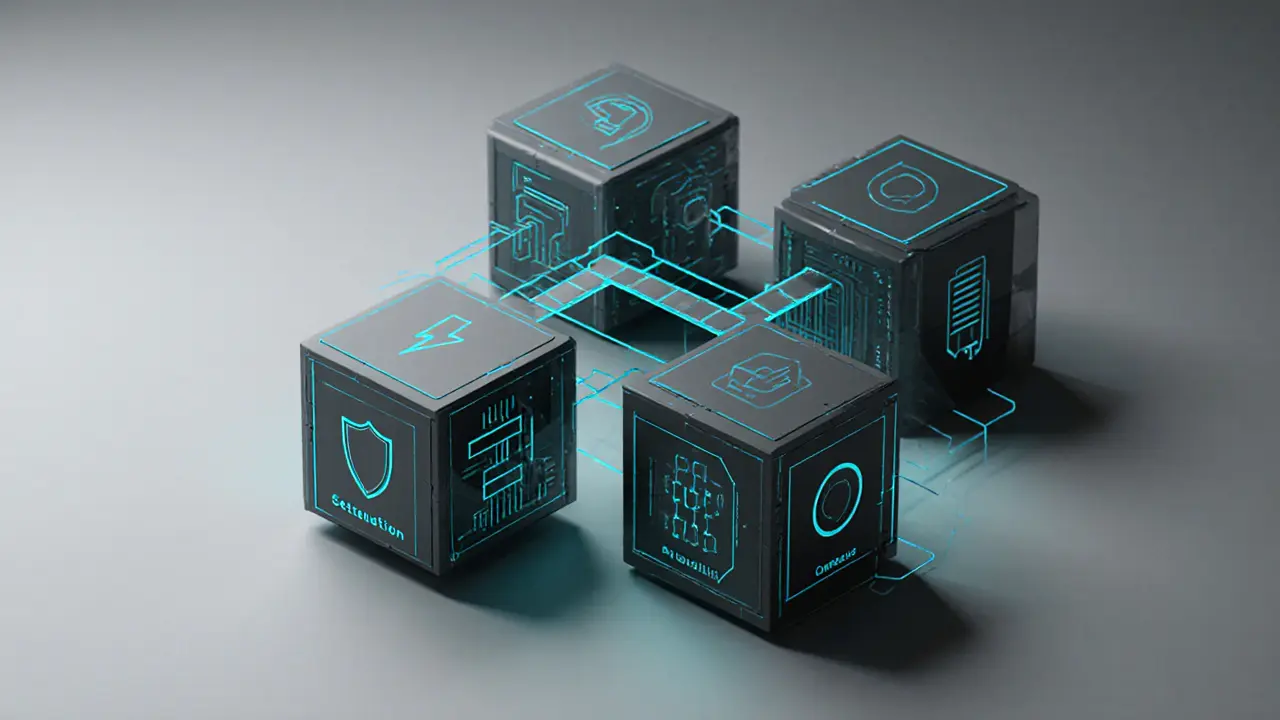Blockchain Architecture: Foundations, Sidechains, and Bridges
When working with Blockchain Architecture, the design and structural layers that define how a blockchain network operates, from consensus to data storage. Also known as ledger architecture, it shapes everything from transaction speed to security. Understanding this framework is the first step before you dive into any specific protocol or tool.
Key Components that Shape Modern Networks
One major building block is the Sidechain, an independent blockchain that runs alongside a main network, allowing assets to move back and forth while reducing load on the primary chain. Sidechains connect to the Mainchain, the primary ledger that secures the core consensus and validates the majority of transactions through various bridge mechanisms. A Blockchain Bridge, the protocol that links two separate ledgers, handling token transfers, state proofs, and possible roll‑backs is essential for any cross‑chain workflow. Together, sidechains, mainchains, and bridges enable developers to scale, experiment, and interoperate without compromising the base security model. This trio also influences blockchain architecture decisions around latency, cost, and governance.
Security isn’t just about cryptography; it’s about how these pieces interact. Cross‑chain security concerns arise when assets move between networks: a weak bridge can expose funds to theft, while a poorly designed sidechain might lag behind consensus updates, creating mismatched states. Real‑world examples show that robust bridge audits and clear two‑way peg specifications dramatically reduce risk. Moreover, the choice of consensus algorithm on the mainchain—whether proof‑of‑work, proof‑of‑stake, or newer hybrids—affects how sidechains validate incoming data. Understanding these interdependencies helps you pick the right architecture for your project or investment strategy.
In the collection below you’ll find practical guides, deep dives, and up‑to‑date analyses that walk through buying crypto in regulated markets, reviewing DeFi platforms, and mastering mining pool switches—all through the lens of blockchain architecture. Whether you’re a developer looking to design a new sidechain or an investor evaluating bridge security, the articles ahead break down complex concepts into actionable steps. Let’s explore how the pieces fit together and what they mean for your next move in the crypto world.
Understanding Modular Blockchains: Architecture, Types, and Impact
Learn what modular blockchains are, how they split execution, settlement, data availability, and consensus, and why this architecture improves scalability and security.
VIEW MORE
